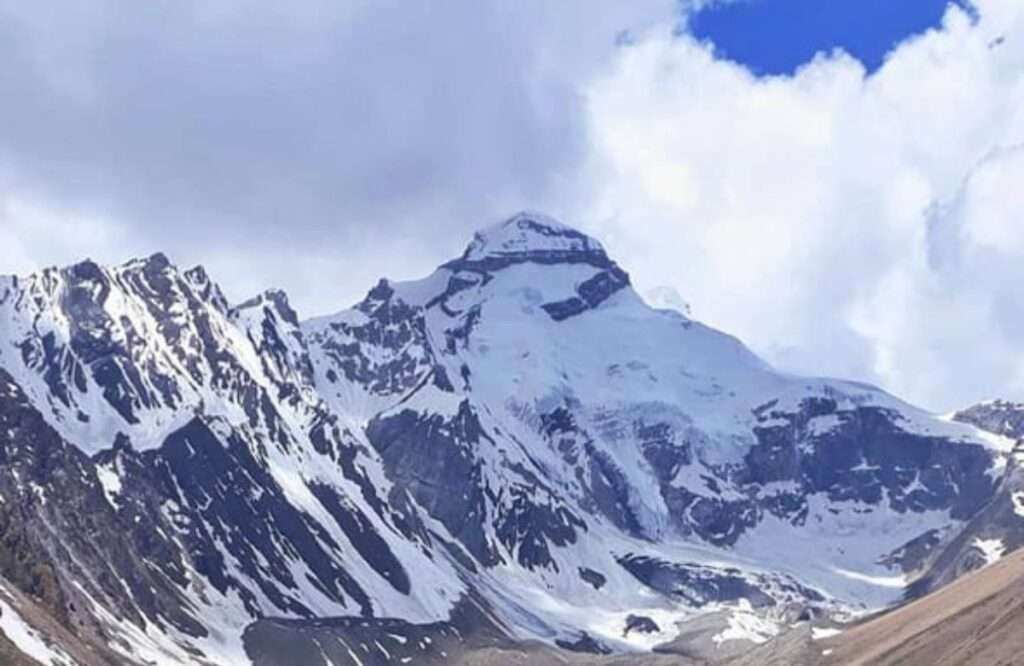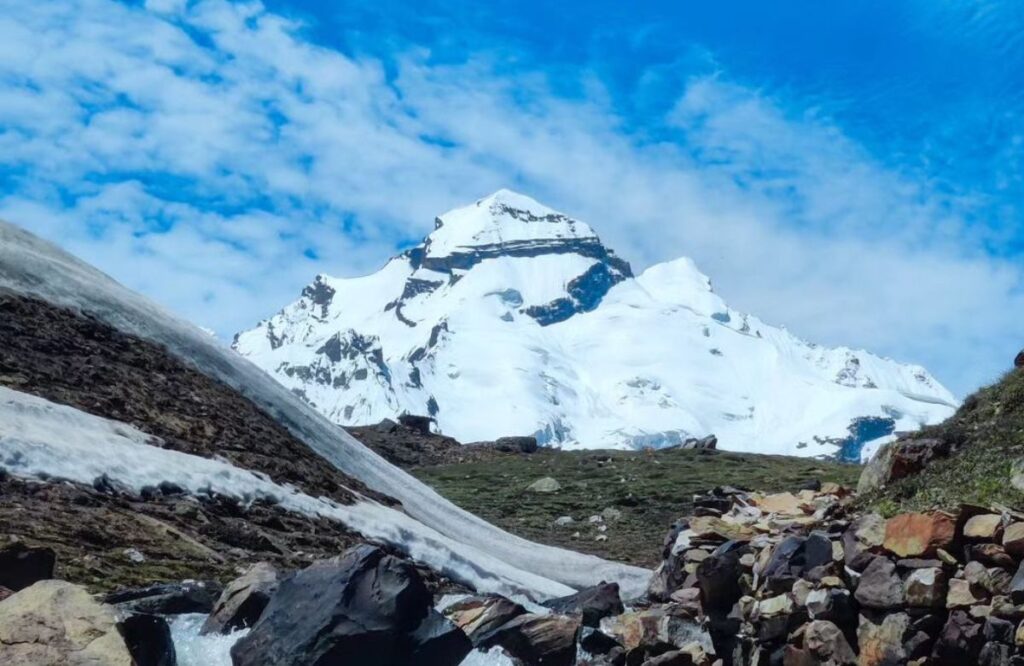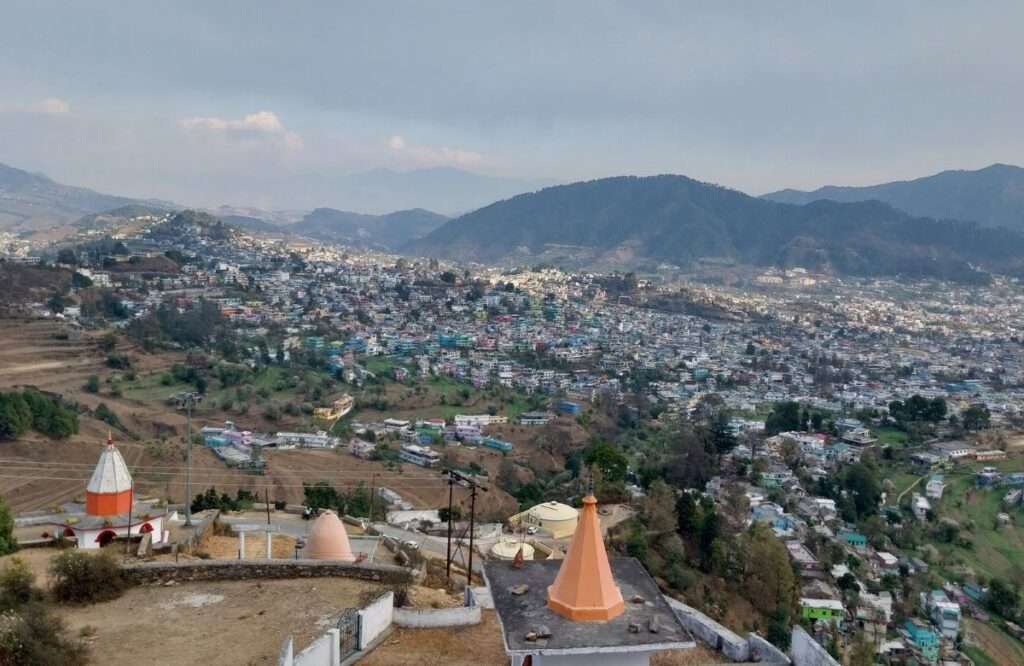The sacred Adi Kailash Yatra, nestled in the breathtaking Kumaon Himalayas of Uttarakhand, is a journey that combines spiritual awakening with awe-inspiring natural beauty. Known as Chhota Kailash, Adi Kailash lies near the Indo-Tibetan border and offers stunning views of the Himalayan landscape, along with sacred spots like Parvati Sarovar, Gauri Kund, and Om Parvat.
If you’re planning this divine pilgrimage, one of the most important questions to consider is: “What is the best time to visit Adi Kailash?”
The journey to Adi Kailash requires not only inner readiness but also ideal weather conditions, as the route involves high-altitude travel, remote terrain, and permissions due to proximity to the international border.
Best Months to Visit Adi Kailash
✅ May and June (Pre-Monsoon Season)
Overview: The months of May and June are among the most popular and widely chosen periods for undertaking the Adi Kailash Yatra. These months offer clear skies, pleasant daytime temperatures, and manageable terrain conditions before the onset of monsoon.
Why Choose May-June?
- Roads and trekking routes are mostly clear of snow and landslides.
- You get the best views of Om Parvat, Adi Kailash Peak, and snow-capped surroundings.
- Local homestays, dhabas, and guesthouses are fully operational.
Things to Note:
- Peak season due to summer holidays and religious importance—expect more pilgrims and group tours.
- Inner Line Permits may take longer to process during rush times.
- Advance booking of tour packages and accommodations is strongly recommended.
✅ Mid-September to Mid-November (Post-Monsoon Season)
Overview: The window between mid-September to mid-November is considered by many seasoned travelers and photographers as the most beautiful time to visit Adi Kailash. Post-monsoon, the landscape transforms into lush green valleys, gushing rivers, and clean skies, offering unparalleled natural beauty.
Why Choose Sept–Nov?
- Fewer crowds—ideal for those seeking solitude and spiritual focus.
- Clear post-monsoon skies make it perfect for photography and nature viewing.
- Vibrant greenery and blooming alpine flora surround the trekking paths and villages.
- Local culture is more accessible as villages are quieter after the peak season.
Things to Note:
- The weather begins to cool down rapidly in October, especially at night.
- Some remote guesthouses may begin shutting down by early November.
- Always check the weather forecast and road conditions before departure.
Months to Avoid for Adi Kailash Yatra
July to Early September (Monsoon Season)
- Heavy rainfall can lead to landslides, roadblocks, and dangerous trekking conditions.
- The region becomes extremely slippery and unpredictable.
- Travel permissions may be restricted due to safety concerns.
Late November to April (Winter Season)
- The entire region receives heavy snowfall and most routes are inaccessible.
- Homestays and services in high-altitude villages like Gunji, Nabi, and Kutti remain closed.
- Government restricts tourist movement during this period for safety reasons.
Weather Summary by Months
| Month | Weather & Landscape | Suitability |
|---|---|---|
| May | Clear skies, fresh snow views | Best (Crowded) |
| June | Warm days, early monsoon signs later | Best (Crowded) |
| July–August | Heavy rains, landslide-prone | Avoid Travel |
| Mid-Sept | Lush green, crisp air | Excellent |
| October | Cool and vibrant, clear Himalayan views | Excellent |
| November | Cold and dry, early snow possible | Moderate (Early Nov) |
| Dec–April | Heavy snow, extreme cold | Closed/Unsafe |
Travel Tip: Choose Based on Your Preference
- If you prefer spiritual group travel and festive vibes: Opt for May–June
- If you seek peace, raw Himalayan beauty, and less crowd: Go in Mid-September to October
- If you’re a photographer or nature lover: Post-monsoon is your ideal window
- If you value safety and comfort: Avoid monsoon and deep winter
Permit and Route Information
No matter when you plan your visit, Inner Line Permits (ILP) are mandatory for Adi Kailash and Om Parvat. These are issued by SDM Dharchula and verified by the ITBP due to proximity to the Nepal-China border. Make sure to carry original ID proof, passport-size photos, and book your tour via an authorized agency.
Final Thoughts
The Adi Kailash Yatra is not just a journey—it’s a deeply transformative experience through some of the most sacred and untouched Himalayan regions of India. Choosing the right time to travel ensures that you not only enjoy the divine beauty and spiritual atmosphere but also stay safe and comfortable.
While May–June are ideal for accessibility and mass participation, the mid-September to mid-November window offers a deeper connection with nature, spirituality, and peace—making it arguably the best time to explore this sacred route.


